Learn the best ways to store brown sugar to keep it fresh and fluffy
This post contains affiliate links.
As a home cook and food photographer, I know the importance of using high-quality ingredients to create delicious and visually appealing dishes. One ingredient that can be tricky to store is brown sugar. It has a tendency to harden and become difficult to use if not stored properly. This can be a problem for any home cook, but particularly for those who love to bake. In this blog post, I will share the results of an experiment I conducted to find the best way to store brown sugar and keep it fresh and fluffy.
When it comes to storing brown sugar, the first thing to understand is that brown sugar is hygroscopic, which means it absorbs moisture from the air. This is why brown sugar can become hard and clumpy if it's not stored properly. The key to keeping brown sugar fresh is to keep it in an airtight container that will prevent moisture from getting in and keep the sugar dry.
To conduct my experiment, I gathered several different types of containers including the original bag, a ziploc bag, a plastic container, a glass container with an airtight lid, a plastic container with an airtight lid, and a glass jar with an airtight lid. I filled each container with the same amount of brown sugar and stored them in the same location. I then checked on them every month for 8 months to see which container kept the brown sugar in the best condition.
To my surprise, the original brown sugar bag stored well and was among the best methods for keeping the brown sugar fresh. I was expecting the original bag to be the worst, but it turns out that the packaging of the brown sugar is designed to keep the sugar dry and prevent clumping. The worst method, however, was using a ziploc bag or a plastic container. The brown sugar in these containers had hardened and clumped together, making it difficult to use. The plastic container with an airtight lid also was not good at keeping the brown sugar fresh, it was slightly better than ziploc bag and plastic container but not as good as the original bag.
The clear winner was the glass ball jar with an airtight metal lid, which kept the brown sugar soft and easy to use. This method was the best at keeping the sugar dry and preventing clumping. This is the method that I now use to store all of my dry ingredients in my pantry, not only brown sugar but also flour, rice, etc. Glass jars are also great for food photography and allows to show off your ingredients in a visually appealing way, which is a great plus for food bloggers and photographers.
It's interesting to know that brown sugar has a rich history dating back to ancient times. The ancient Egyptians and Greeks used honey and fruit juices to sweeten their food. It wasn't until the 19th century that the process of refining sugarcane was developed, leading to the creation of brown sugar. This made it more affordable and accessible for people to use in their cooking and baking. Brown sugar is made by mixing white sugar with molasses, which gives it its characteristic color and flavor.
If you're looking to stock up on brown sugar, consider purchasing a large 25 lb or 50 lb bag from Costco, which is a more cost-effective option. It's also a great idea for those who bake frequently. Another tip for storing dry ingredients such as brown sugar is to use a 5 gallon food bracket with an airtight twisted lid. This is a great option for those who want to store large quantities of ingredients. I have a blog post dedicated specifically to this topic, How to Store Dry Food.
In conclusion, proper storage is key to keeping your brown sugar fresh and fluffy. A glass jar with an airtight metal lid is the best method I found to store brown sugar. However, if you're looking for a more budget-friendly option, storing it in the original bag can also work well. It's important to remember that brown sugar is hygroscopic and will absorb moisture from the air, so it's crucial to keep it in an airtight container. Be sure to check your brown sugar regularly and transfer it to an airtight container if it starts to harden.
| Storage containers | Cost per Container* | Volume of Container | How Long Brown Sugar Staying Fresh* | Where to buy |
|---|---|---|---|---|
| Original package | $3.78 | 24 oz | 11-12 months | https://amzn.to/3pihXw7 |
| Ziplog bag | $0.17 | 1 gallon | 6-8 months | https://amzn.to/3pihXw7 |
| Plastic container | $8.99 | 38 oz | 6-8 months | https://amzn.to/3IiA8s8 |
| Mason jar | $3.00 | 32 oz | 12+ months | https://amzn.to/3pdEaM4 |
| 5 gallon bucket | $27.00 | 5 gallon | 12+ months | https://amzn.to/3sjMIme |
| *time may vary depending on temperature and humidity of the storage place | *cost may vary depending on brand and store |
If you do end up with hard brown sugar, there are a few ways to revive it. One method is to place a piece of bread or a damp paper towel in the container with the sugar and seal it. The moisture from the bread or towel will help to soften the sugar. Another method is to place the sugar in a microwave-safe bowl and microwave it for 15-20 seconds at a time, stirring in between, until it's the desired consistency.
It's also important to note that brown sugar can be stored in the refrigerator or freezer to extend its shelf life. However, if you're using it frequently, it's best to keep it at room temperature in an airtight container.
Food Photography & Video Tips from My Studio
Here’s a peek at the tools, gear, and camera setups I use to film my recipe videos and photograph food at home. Over the years, I’ve tested dozens of different setups, and now I’m sharing what actually works for me—whether I’m filming overhead shots for YouTube or styling still photos for my blog. If you’re curious about how I create the content you see here, these posts are a great place to start.
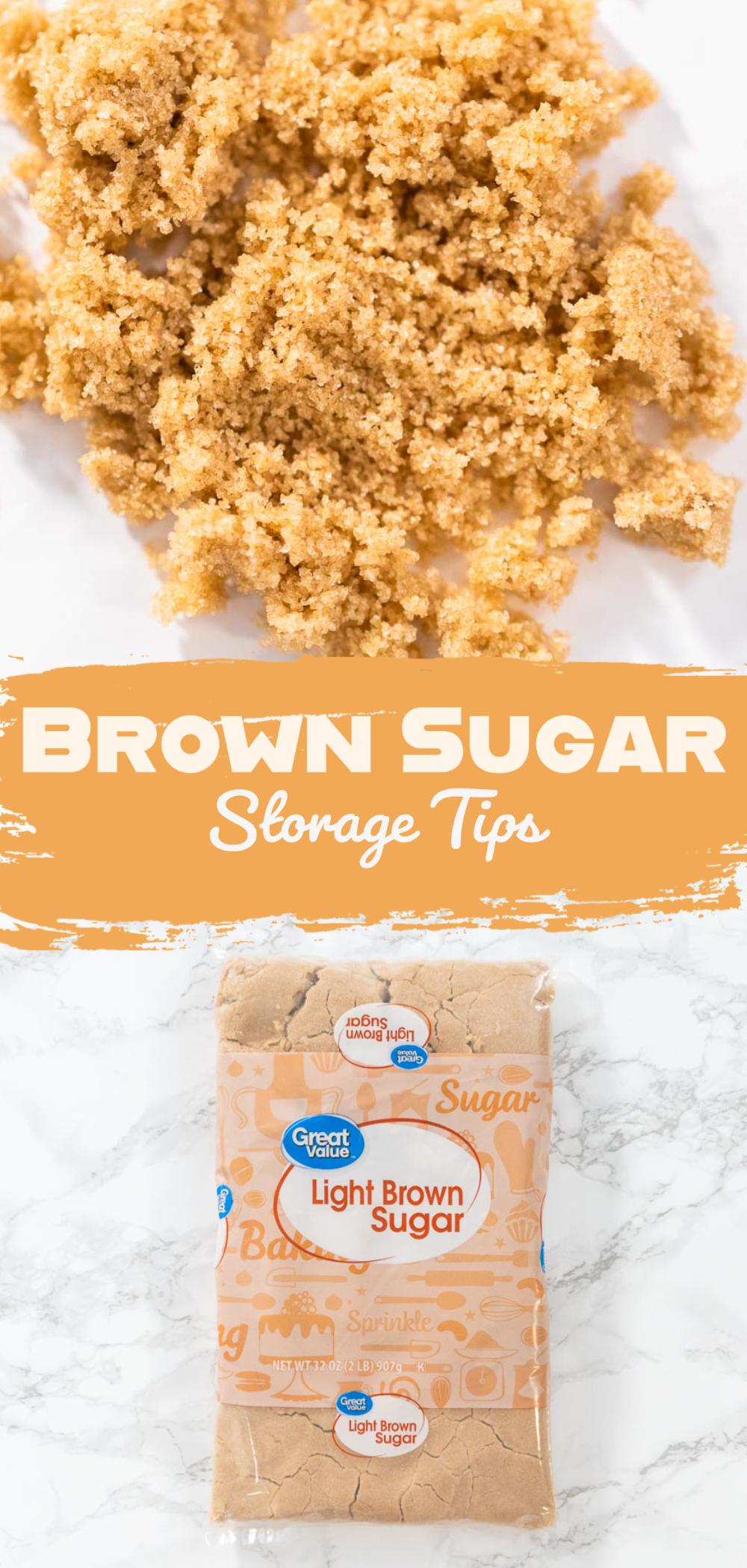
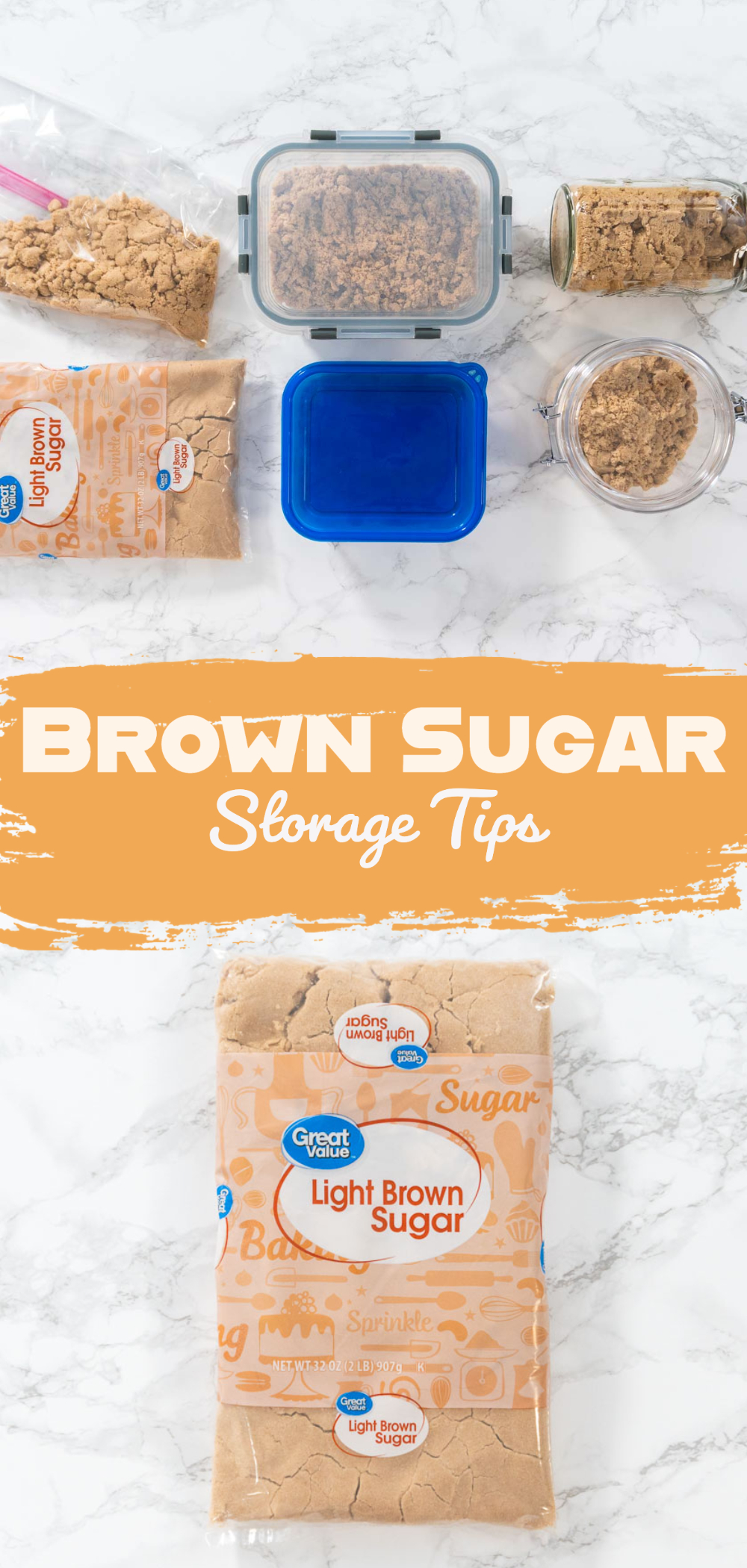
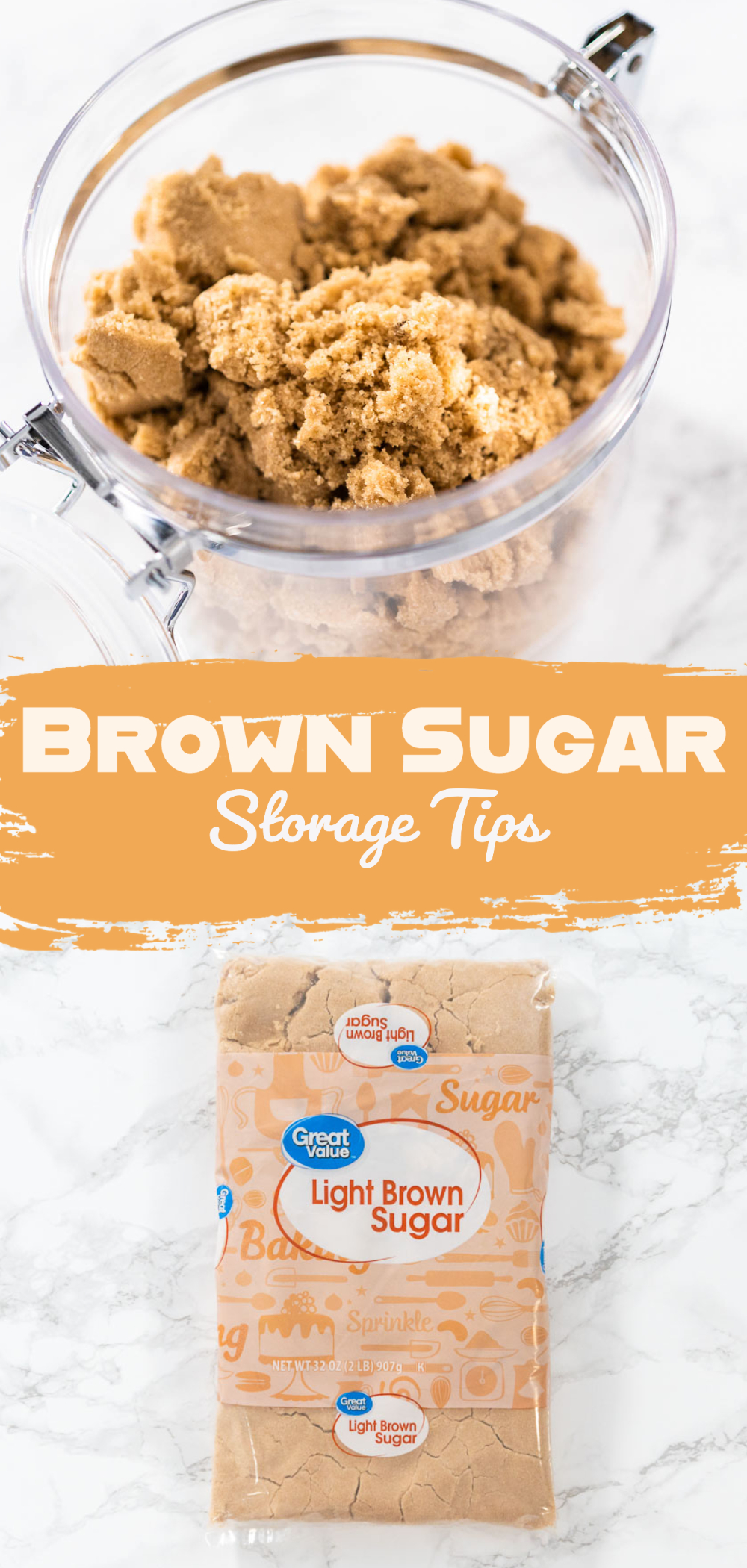

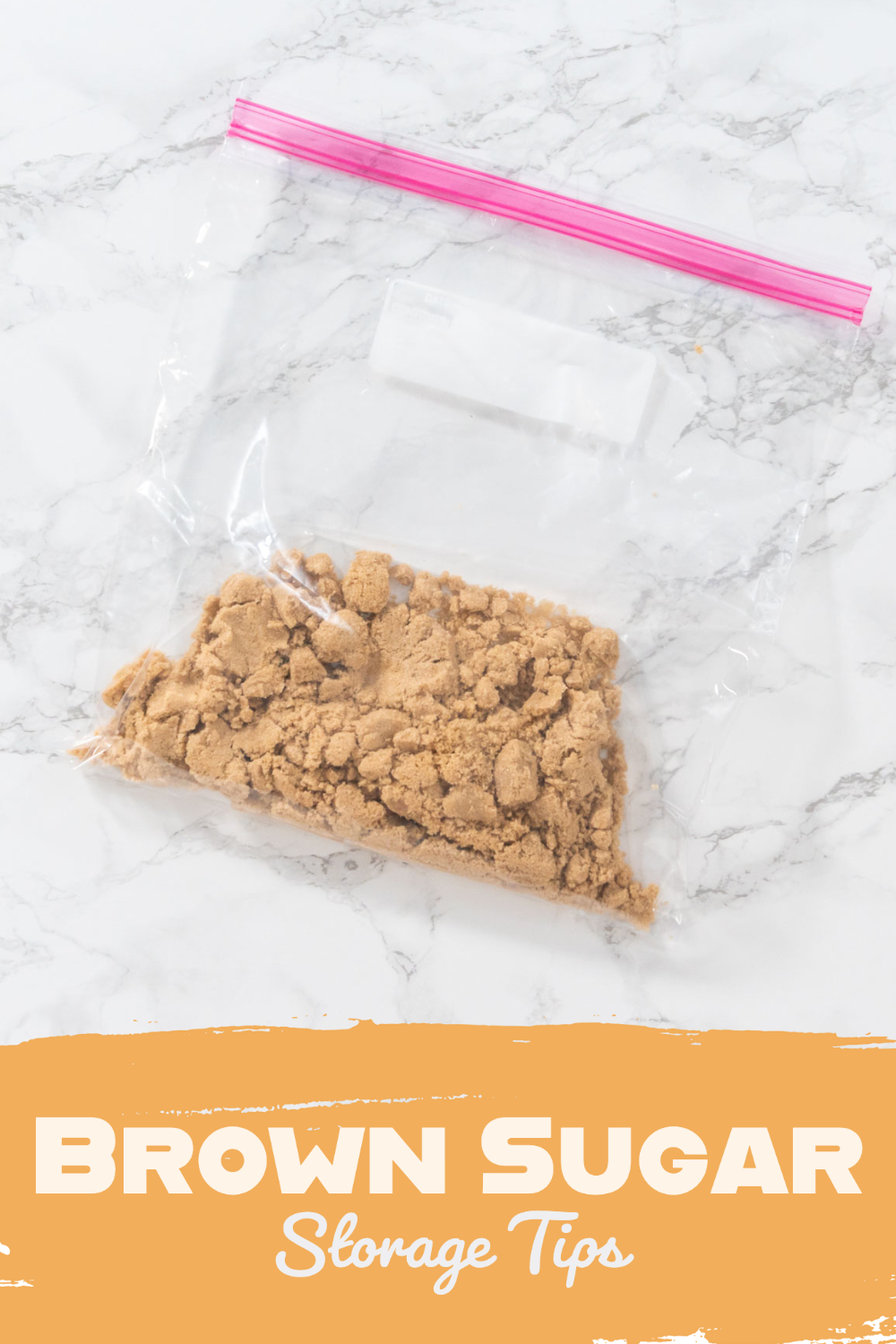






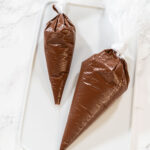


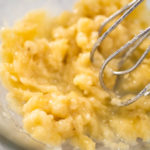



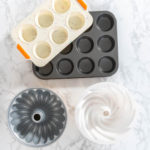
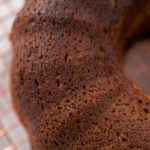



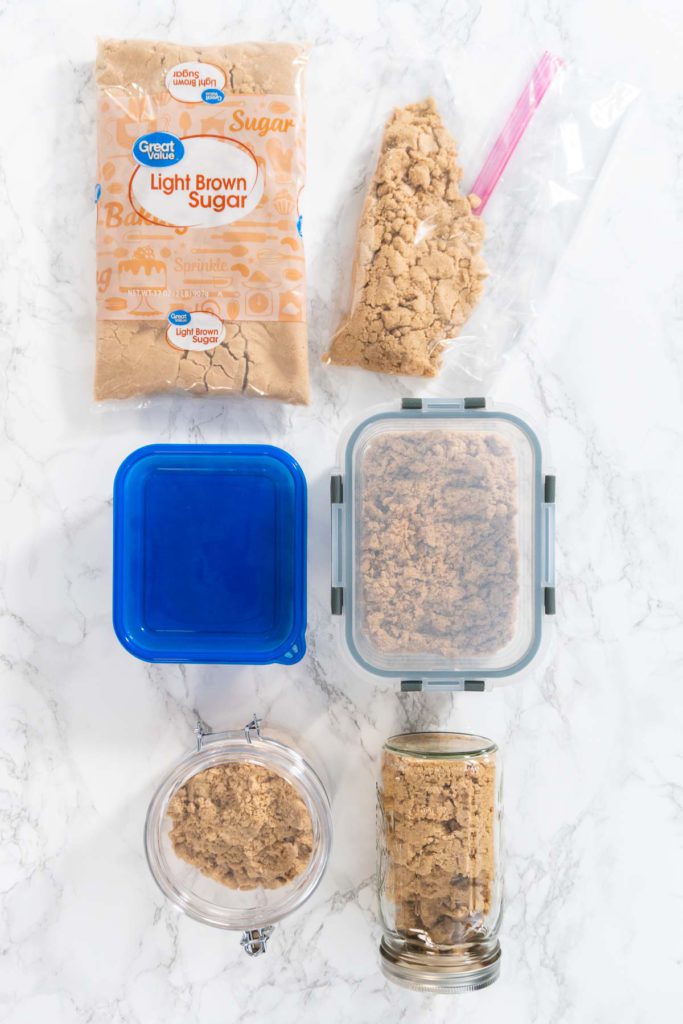
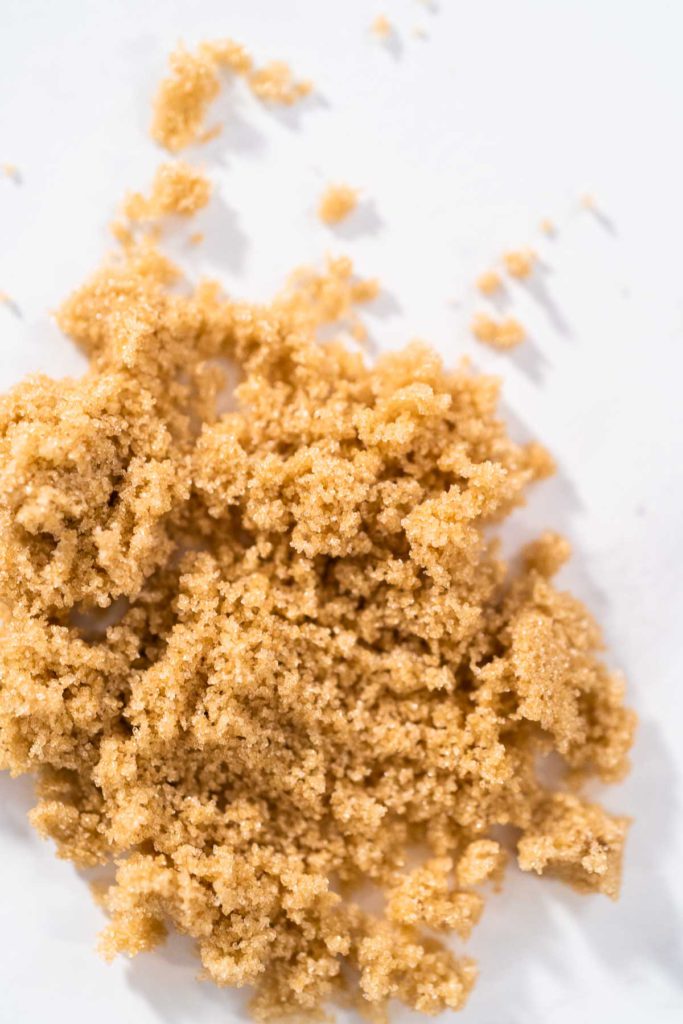
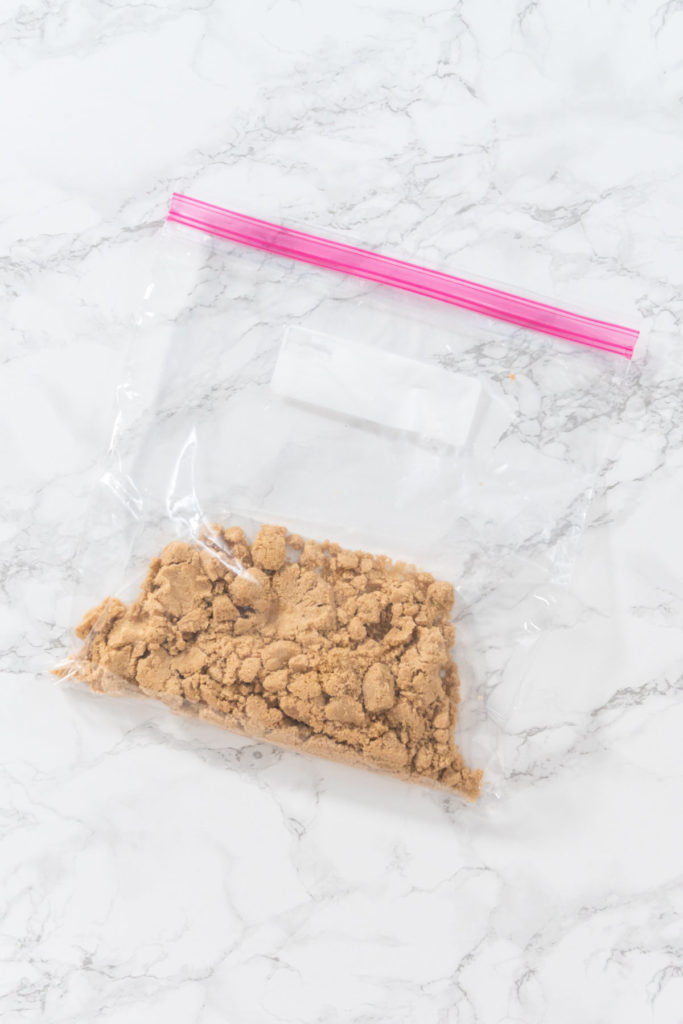
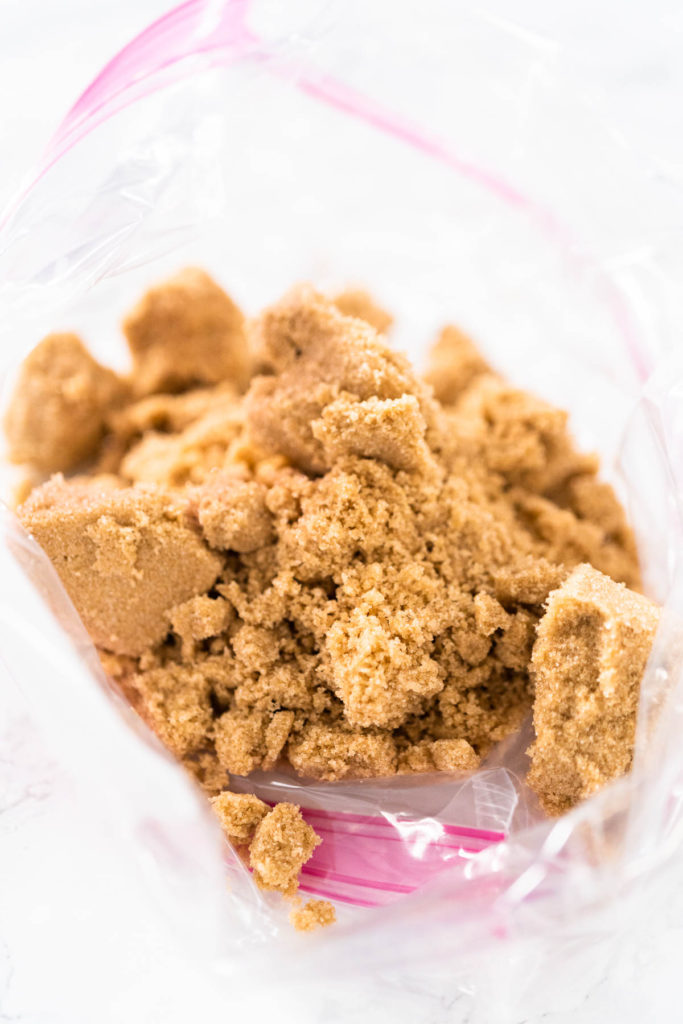


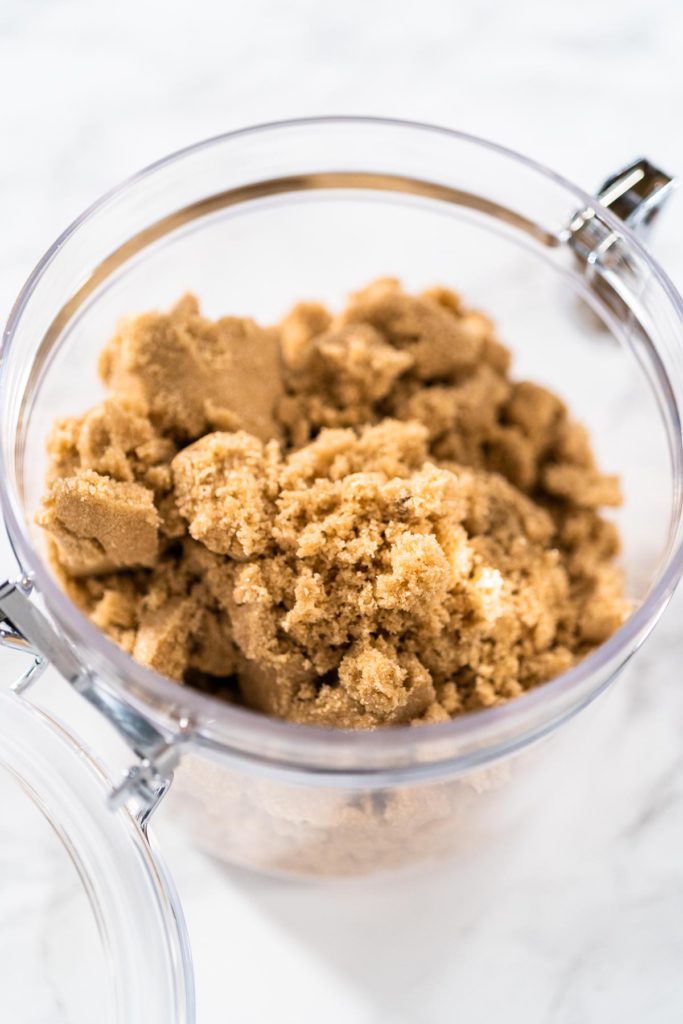
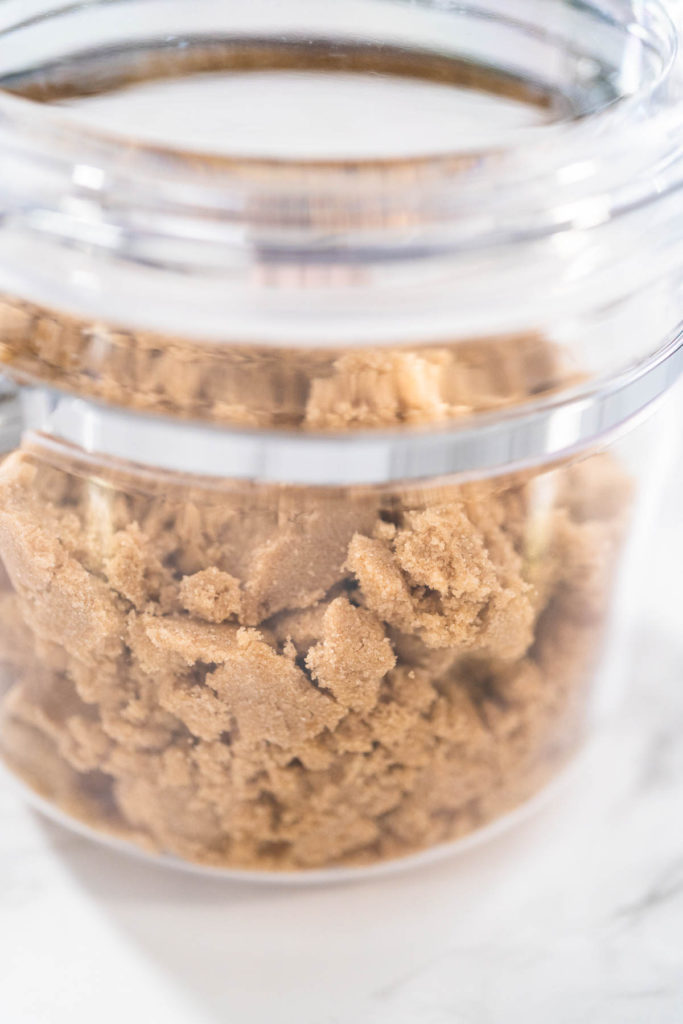
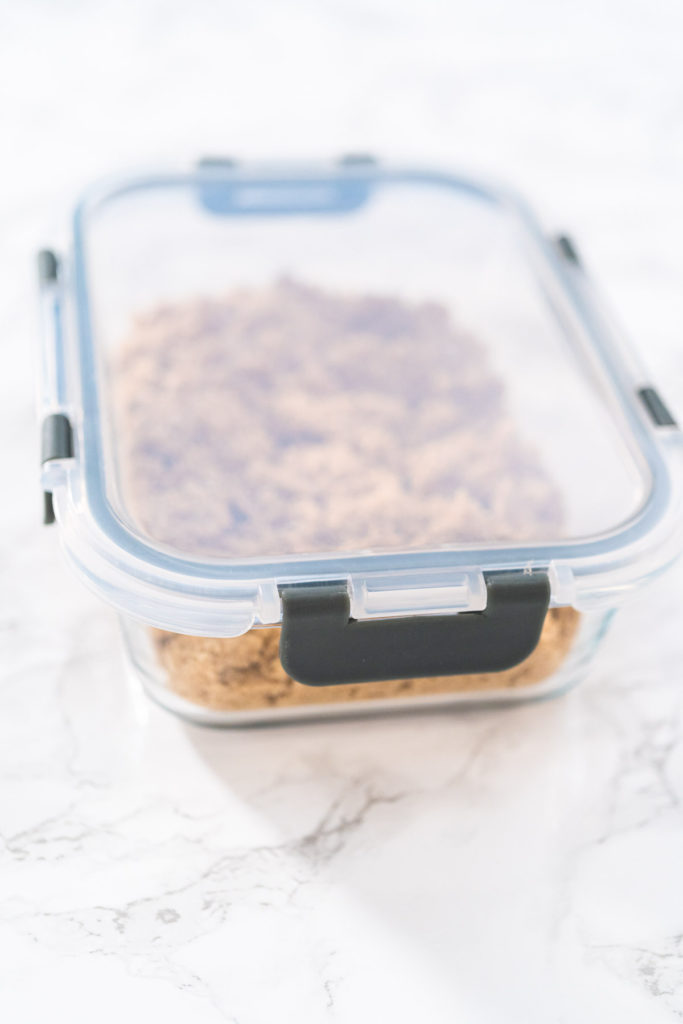
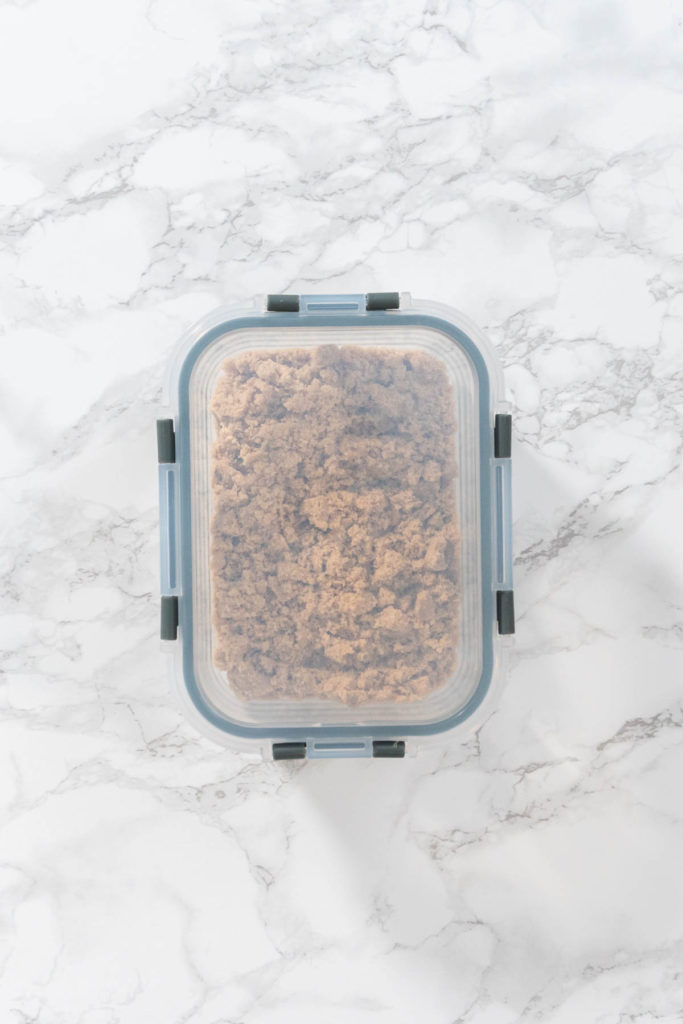

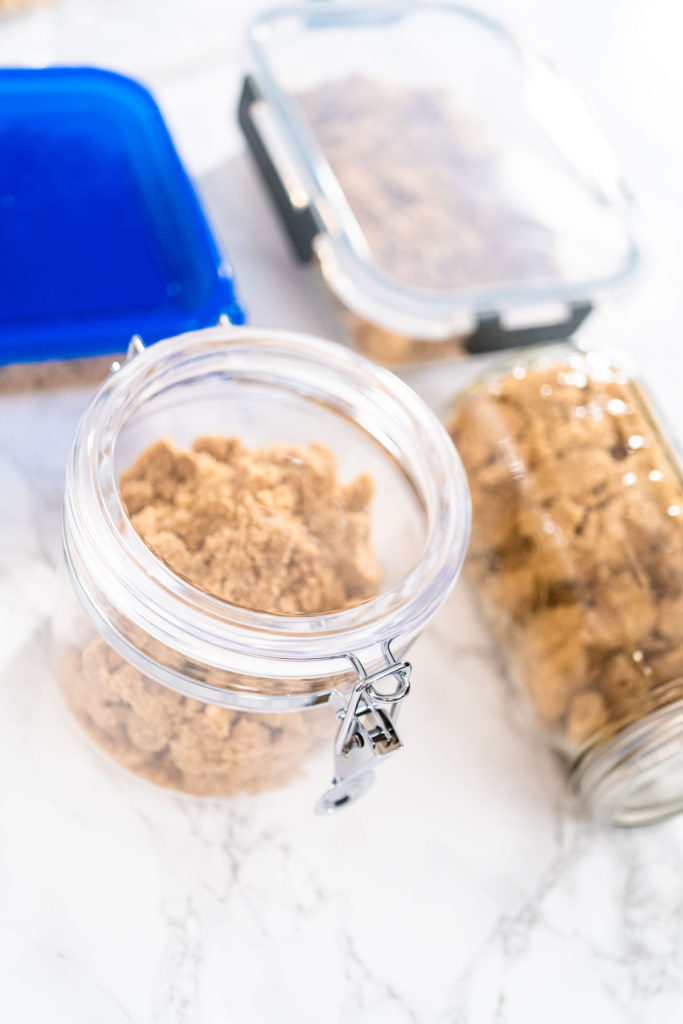
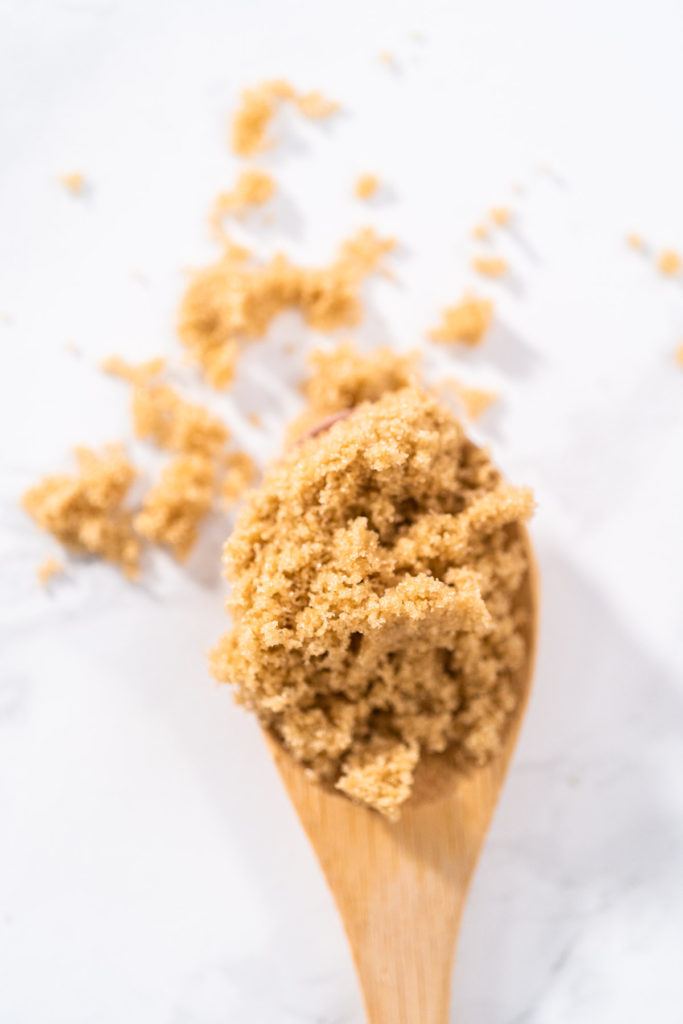

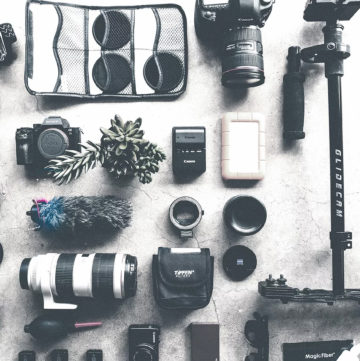
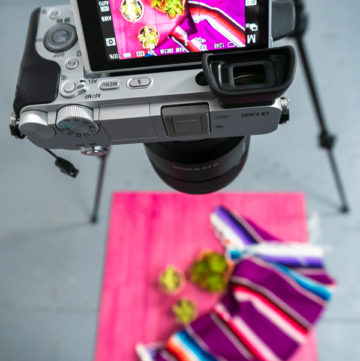

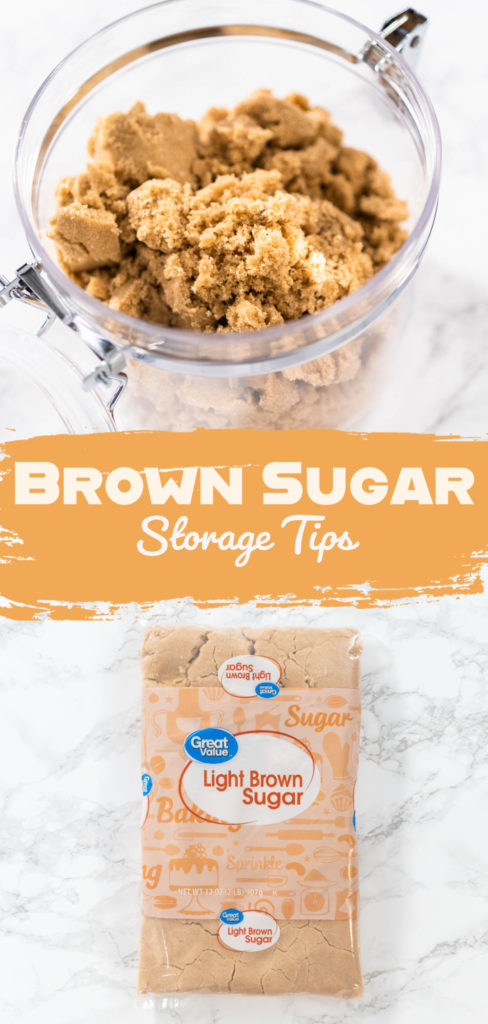


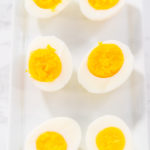

Leave a Reply